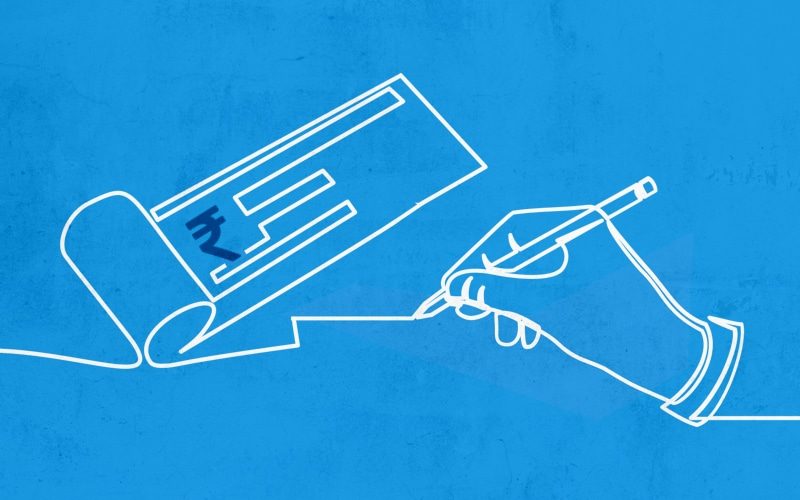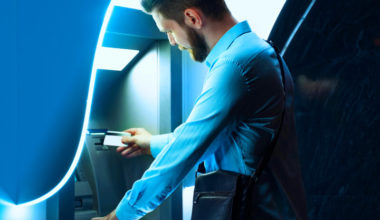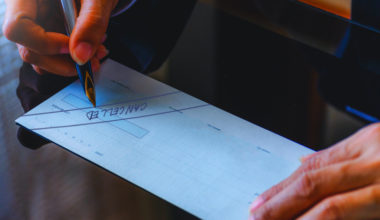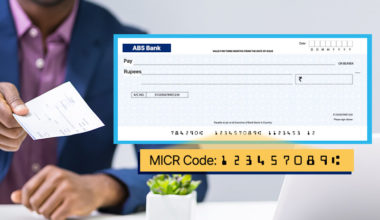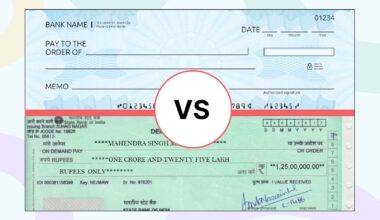“A cheque is a financial document that directs a bank to transfer money from one account to another. There are three parties involved in the processing of a cheque: the drawer, who issues the cheque and holds the bank account; the drawee, which is the financial institution; and the payee, who is the person whose name appears on the cheque and will receive the funds.
A cheque is a financial document that directs a bank to transfer money from one account to another. There are three parties involved in the processing of a cheque: the drawer, who issues the cheque and holds the bank account; the drawee, which is the financial institution; and the payee, who is the person whose name appears on the cheque and will receive the funds.”
Types of cheques
There are various types of bank cheques and their purposes so that you can use the most appropriate one accordingly. Here’s the list:
Order Cheque
- Order cheques are only payable to the designated payee and cannot be cashed by anyone else.
- The word “bearer” is not included on order cheques.
- Banks will verify the identity of the person presenting the order cheque before allowing them to cash it.
Bearer cheques
- A bearer cheque can be cashed by either the designated payee or the person presenting it to the bank.
- The identity of the person cashing a bearer cheque does not need to be verified.
- Bearer cheques are negotiable instruments that can be transferred from one person to another by mail or other means of delivery.
Open cheques
- An uncrossed or open cheque is a type of cheque that is payable to the person presenting it to the drawee (the bank or other financial institution on which the cheque is drawn).
- The drawee of an open cheque can transfer the cheque to another person by writing their name on the cheque, making them the next drawee.
- The word “open” should not be crossed out on open cheques, and the drawer must sign both the front and back of the cheque. If these requirements are not met, the bank may refuse to pay the cheque.
- When the payee of an open cheque receives the funds, they are required to sign the back of the cheque.
Crossed cheque
- A crossed cheque is a type of cheque that has two parallel lines drawn across the top left corner.
- These lines prevent anyone other than the intended recipient from cashing the cheque.
- A crossed cheque reduces the risk of unauthorized parties obtaining the funds because it can only be cashed through the designated payee’s bank.
Post dated cheque
- A post-dated cheque is a type of cheque that bears a future date, rather than the current date.
- The funds written on the cheque will not be transferred to the payee until the specified date has passed.
- The cheque remains valid for a period of three months from the date it was written by the drawer.
Blank cheque
- A blank cheque is a type of cheque that has only been signed by the drawer and has the remaining columns left blank.
- The drawee can fill in the amount on the cheque.
- The use of a blank cheque often reflects a high level of trust between the parties involved.
Gift cheques
- A gift cheque is a type of cheque that is used to give a specific amount of money to the recipient, rather than giving cash directly.
- Gift cheques are often issued in a decorative format.
- There is no limit on the number of gift cheques that can be purchased.
Bankers cheque
- Bankers’ cheques are issued by a bank on behalf of a customer.
- The bank is instructed to pay a specific sum of money to the payee within the same city.
- Bankers’ cheques are printed in advance and are not negotiable.
- These cheques remain valid for three months from the date of issue, but can sometimes be revalidated under certain legal circumstances.
Stale cheques
- Stale cheques are cheques that have a written date that has passed the period of validity and can no longer be cashed.
- The funds written on a cheque must typically be cashed within three months of the date it was written.
Traveller’s cheque
- Traveller’s cheques are a type of cheque that is issued by a bank for the purpose of transferring money from one location to another.
- These cheques are accepted at a wide variety of locations.
Self cheques
- Self cheques are cheques that are issued by the drawer themselves.
- These cheques are used when the drawer wishes to withdraw funds from their own bank account.
- It is important to handle self cheques carefully, as they can be cashed by anyone who possesses them if they are lost or misplaced. This can potentially lead to unauthorized access to the drawer’s bank account.
Mutilated cheques
- A cheque that is torn or damaged is called a mutilated cheque.
- Banks generally will not process a payment from a mutilated cheque without the confirmation of the drawer.
- If a cheque is not severely damaged and no crucial information is lost, the bank may still be able to process the payment.
Also Read: What is a Cancelled Cheque


